Perfect explosion! 2 Neutron stars collide, spark amazing spherical Kilonova explosions
Astrophysicists have made an astonishing discovery about Neutron star collisions using data collected from a 2017 Kilonova explosion.
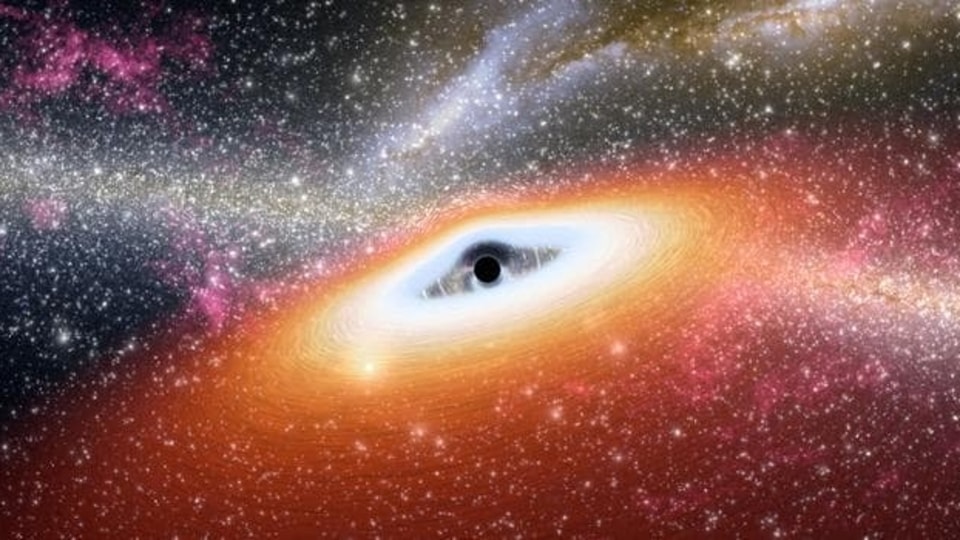
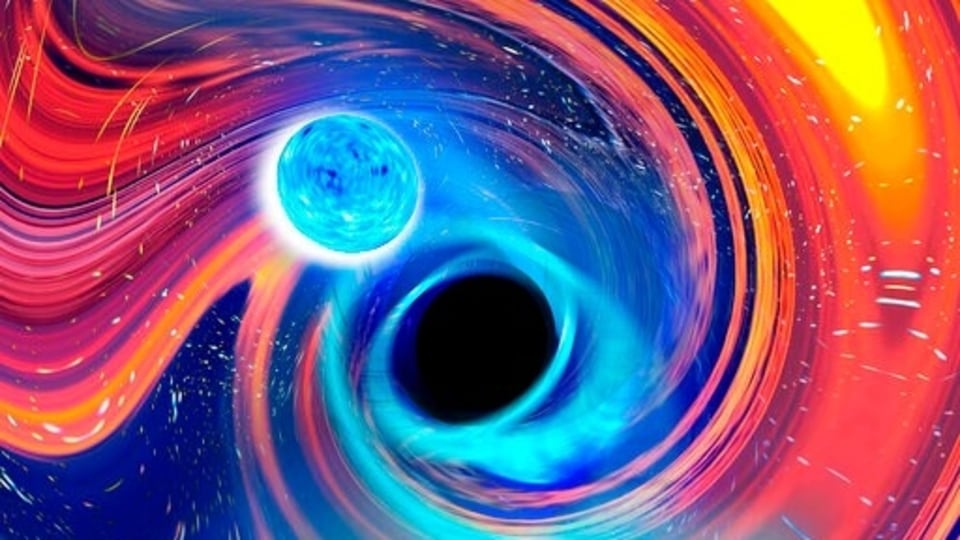

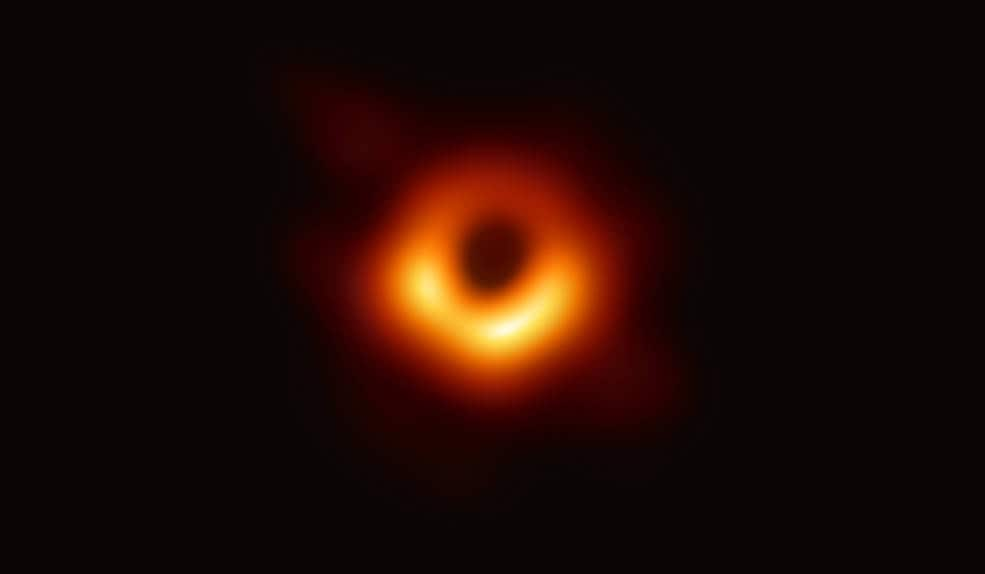
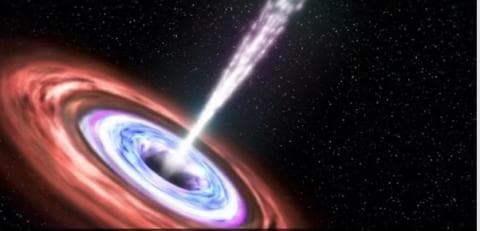
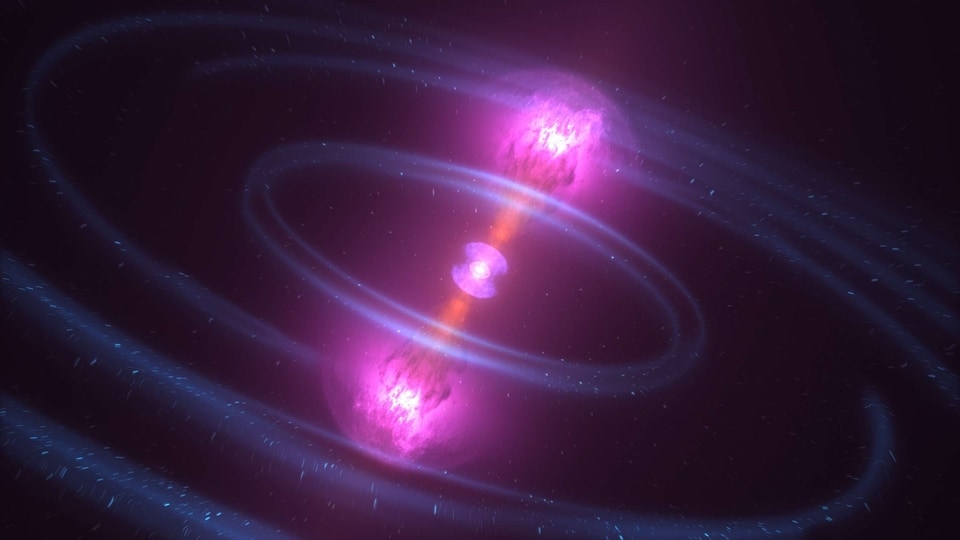
 View all Images
View all ImagesScientists have revealed that the collision of Neutron stars causes spherical Kilonova explosions. This contradicts the earlier theory. Stars are celestial objects millions of years old floating in space. When a star runs out of fuel, its core collapses, crushing together every proton and electron into a neutron. This results in the creation of the densest object known to man, a Neutron star – an object with the mass of a sun squished down to the size of a city, as per NASA. When two neutron stars collide, it results in their merger and causes an explosion, known as a Kilonova.
Earlier it was believed that the Kilonova explosion result from a Neutron star merger were flattened discs. However, this new study contradicts it. The study, done by astrophysicists at the University of Copenhagen and published in the Nature journal, reveals that the aftermath of a Neutron star collision results in a perfectly spherical explosion.
Albert Sneppen, PhD student at the Niels Bohr Institute and first author of the study said, “"You have two super-compact stars that orbit each other 100 times a second before collapsing. Our intuition, and all previous models, say that the explosion cloud created by the collision must have a flattened and rather asymmetrical shape.”
Data for the study
Scientists first discovered a Kilonova explosion back in 2017 with the help of Laser Interferometer Gravitational-Wave Observatory (LIGO) and the Virgo interferometer. The explosion was detected around 140 million light-years away and astrophysicists studied the data from this explosion and revealed the spherical nature of Kilonova.
Darach Watson, associate professor at the Niels Bohr Institute and second author on the study said, “No one expected the explosion to look like this. It makes no sense that it is spherical, like a ball. But our calculations clearly show that it is. This probably means that the theories and simulations of kilonovae that we have been considering over the past 25 years lack important physics.”
How do stars die?
Although most stars live for billions of years, it is known that the bigger the star, the shorter its lifespan. Stars are fueled by the nuclear fusion of hydrogen to form helium deep in their interiors. When all the hydrogen in its core has been fused, the nuclear reactions stop. As a result, the core of the star begins to collapse under its own weight. The expanding core pushes the outer layers outward, causing them to expand and cool. Thus, the star becomes a red giant.
Catch all the Latest Tech News, Mobile News, Laptop News, Gaming news, Wearables News , How To News, also keep up with us on Whatsapp channel,Twitter, Facebook, Google News, and Instagram. For our latest videos, subscribe to our YouTube channel.































